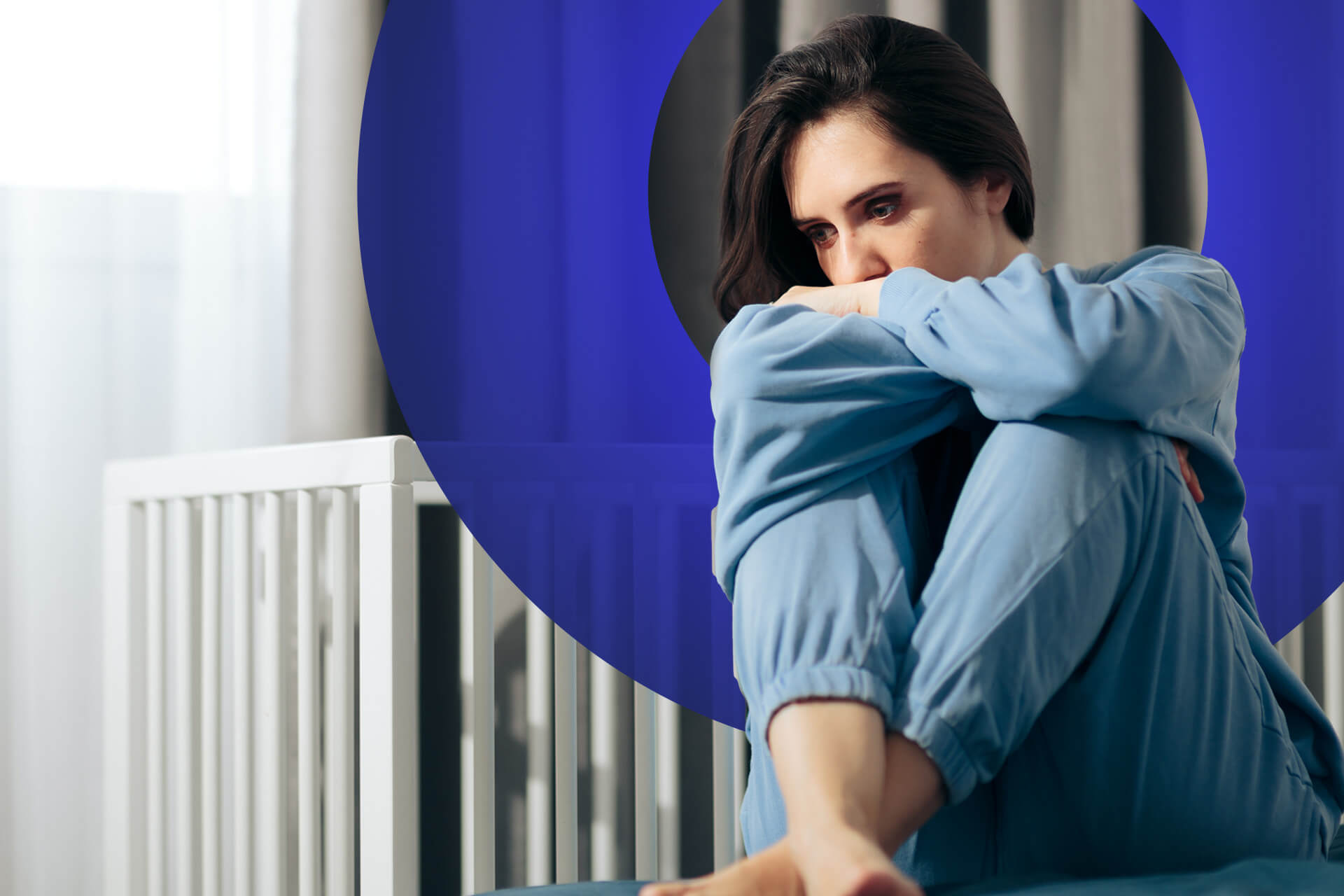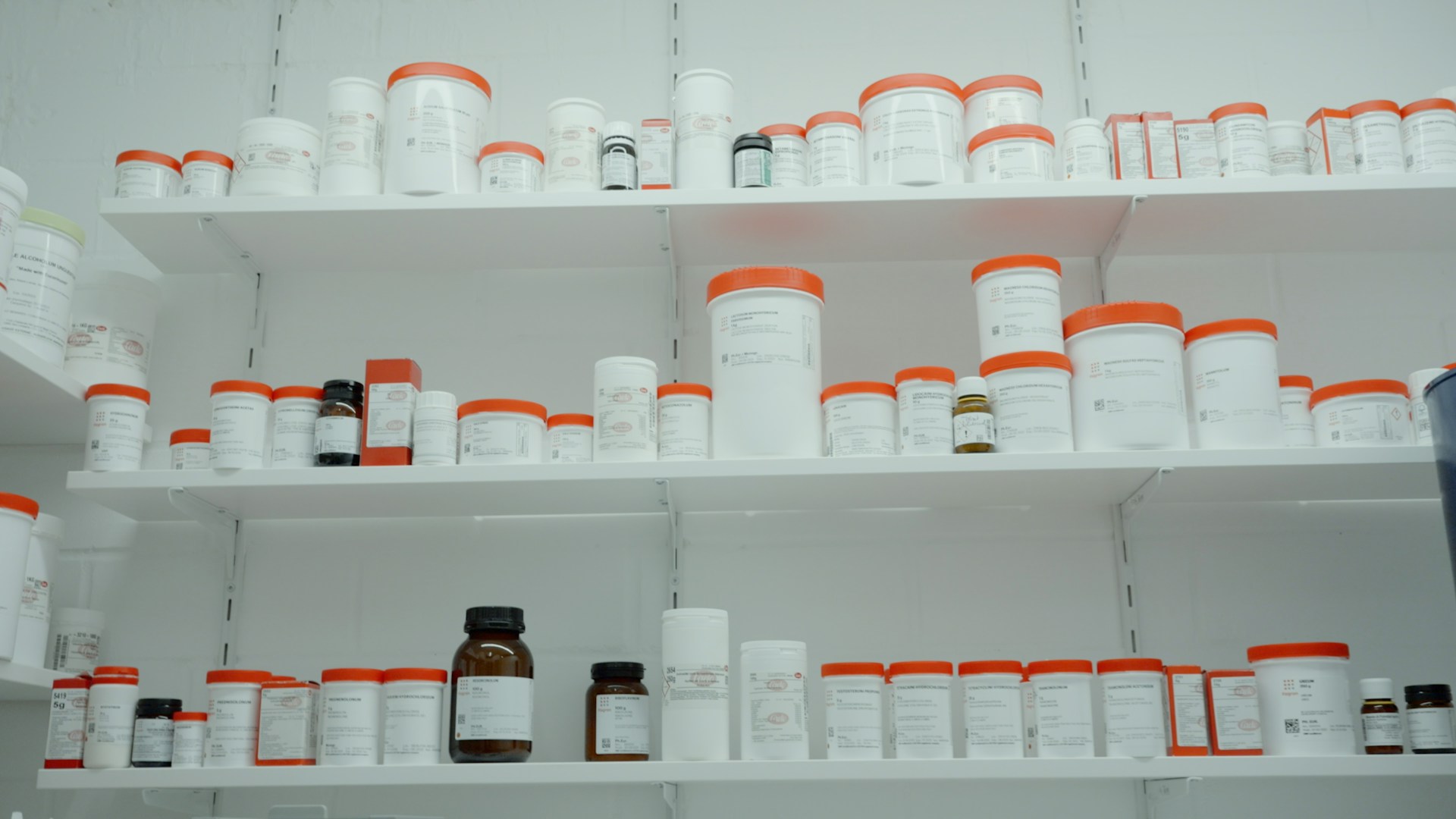
Feeling Blue? Conquer SAD’s Grip on Your Mood This Winter
December 14, 2015 - Emily Newton
Revolutionized is reader-supported. When you buy through links on our site, we may earn an affiliate commission. Learn more here.
Some people find themselves feeling blue at the onset of fall and winter but can’t pinpoint the cause of the switch in their moods. Seasonal affective disorder (SAD) is a form of depression that generally comes in response to changes in the natural day/night cycle during fall and winter. While the exact cause of SAD isn’t known, there are still treatments to combat this disorder. SAD affects as many as 11 million Americans annually. Due to the complexity of SAD, it’s important to look at the symptoms, potential causes and treatment options available.
What Is Seasonal Affective Disorder? Know the Symptoms
SAD symptoms can be different for everyone. As with every illness, there are some common factors, but each person has a unique experience. Some clear signs that you may be suffering from SAD or “winter blues” include:
- Feeling sad, anxious or empty with no clear cause
- Restlessness and irritability
- Decreased energy
- Sleeping more than usual or difficulty falling and staying asleep
- Difficulty concentrating, remembering details or making decisions
- Weight loss or weight gain
- Feeling hopeless, helpless or worthless
- Loss of interest in activities you normally enjoy
- Thoughts of suicide
- A change in appetite and cravings
- Physical symptoms such as headache or stomachache
Some people experience milder symptoms. Occasionally, however, SAD can make normal functioning impossible and affects everyday life. Around 6% of SAD cases are severe enough to require hospitalization. Therefore, it’s important to recognize the signs and research treatment options.
Who Gets SAD?
While anyone can suffer from SAD, some people are at a higher risk of developing the disorder. Women are more likely to suffer from SAD, with 3 out 4 affected by this disorder seasonally. SAD symptoms become noticeable around age 20, though younger people may still suffer from the disorder. Risk of developing SAD tends to decrease with age.
Geography plays the most important role in who develops seasonal affective disorder. The farther north you live, the more likely you are to suffer from this form of depression. People in Canada or the Northern U.S. are eight times more likely to suffer from SAD than people living in sunny and warm locations such as Mexico or Florida.
Suspected Causes
While there’s still some debate about the exact causes of SAD, medical professionals can make some educated guesses about what may cause this disorder.
- Lack of sunlight: This may disrupt the circadian rhythm that regulates your body’s internal clock. The disruption can cause sleeplessness or fatigue, causing you to feel tired all day.
- Increased amounts of melatonin: Our brains secrete this hormone to help us fall asleep. Sunlight suppresses melatonin production, so winter days with less sunlight can lead to increased production.
- Reduced serotonin levels: Serotonin is a neurotransmitter that affects mood. It’s often considered the happiness chemical. Sunlight deprivation can cause a drop in serotonin, which may lead to depression.
Those living farther north should be aware of these signs when evaluating their mental health.
Treatment
So, what do you do if you think you are suffering from SAD? Luckily, there are multiple ways to cope with seasonal affective disorder. The following are some tips for addressing your SAD symptoms:
- Maximize your exposure to natural sunlight: Since sunlight deprivation is believed to play a big role in the onset of SAD, getting as much sun as possible is one way to combat it. Sit near sunny windows whenever possible. Open curtains to let in natural light. Try to make rooms as bright as possible by using light wall colors and upholstery. Mirrors can also brighten up a room and make it seem more open.
- Try to engage in activities you enjoy: It can be hard to push through the funk you’re feeling. However, simply getting out and doing something you usually enjoy can help raise your spirits. Spend time with family and friends who are caring and supportive.
- Practice healthy habits: Limit time spent staring at screens, try to reduce stress and keep a well-balanced diet. Personal hygiene is a pretty important part of this. You’d be surprised by the difference a good shower can make in your mood. Limit caffeinated drinks and do your best to keep a regular sleep schedule. Exercise regularly, even if it’s just for a few minutes every day.
- Give light therapy a try: Light therapy is meant to replace some of the natural light missing from your short winter days. There are several types of products available to assist with light therapy. Do some research before deciding which product is best for your needs.
- Talk to your doctor: Your mental health is important. If you feel that you can’t safely manage SAD on your own, your symptoms are getting in the way of a normal life or you feel suicidal, it’s time to call your doctor. Therapy and antidepressants are just two things your doctor could recommend to help you through the winter. Be honest about your symptoms and how you’re coping. Holding back your feelings only makes it more difficult for your doctor to give you the treatment you need.
By recognizing the signs of SAD early on, you can help combat this disorder and get back to a happy and healthy life. Next time you feel the winter blues strike, remember that you’re not alone. Millions of people suffer from SAD.
You don’t have to struggle by yourself. Depression can make you feel as if there’s no way out, but it’s important to remind yourself that this illness is lying to you — help is out there.
Revolutionized is reader-supported. When you buy through links on our site, we may earn an affiliate commission. Learn more here.
Author
Emily Newton
Emily Newton is a technology and industrial journalist and the Editor in Chief of Revolutionized. She manages the sites publishing schedule, SEO optimization and content strategy. Emily enjoys writing and researching articles about how technology is changing every industry. When she isn't working, Emily enjoys playing video games or curling up with a good book.







